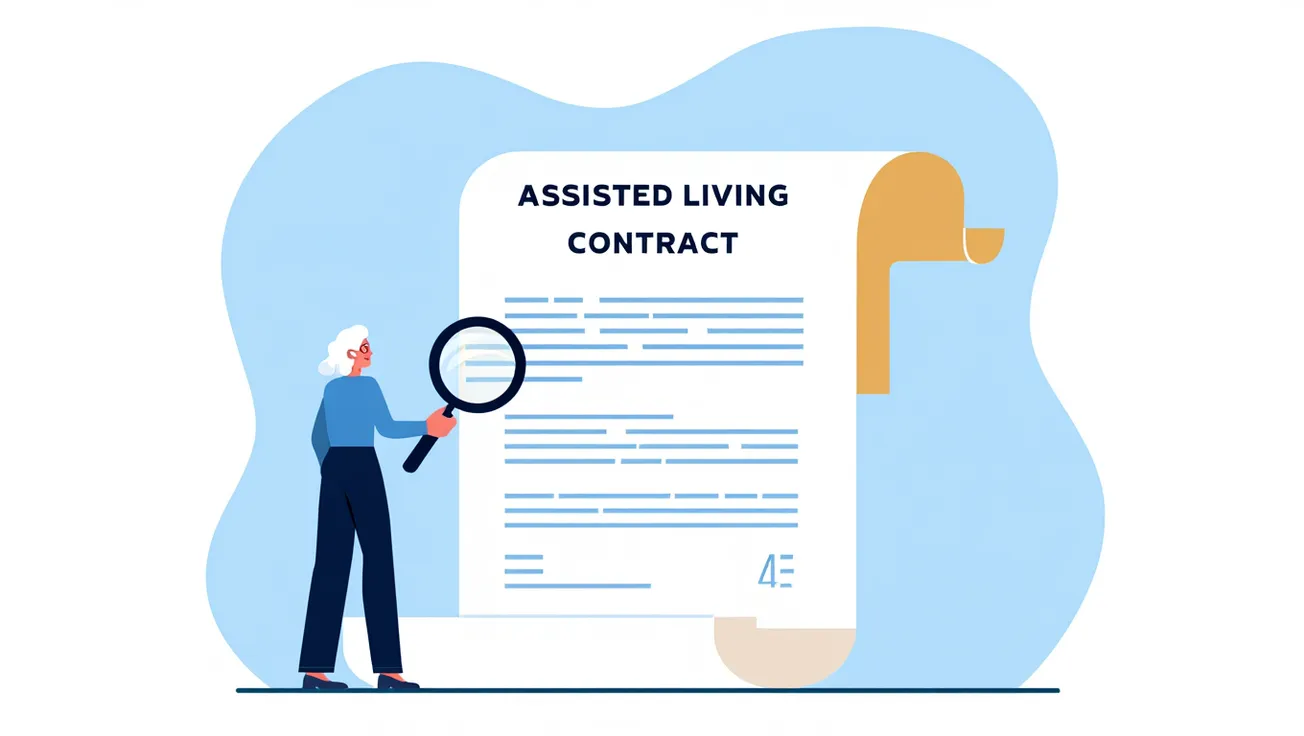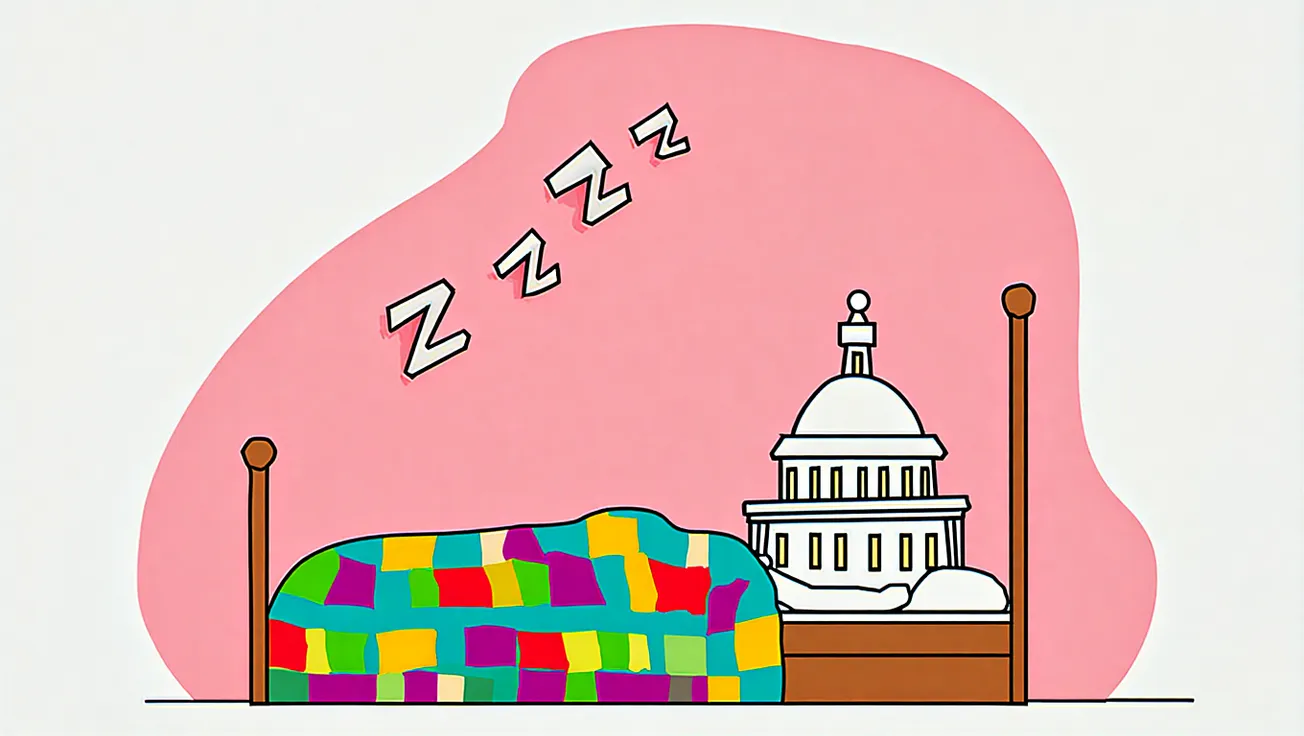Subhead: It’s not just the monthly fee. These extra charges can add thousands—and often catch families by surprise.
The Takeaway
• Base rate is just the start. Most facilities only include room, meals, and basic utilities; everything else may cost extra.
• Beware of one-time move‑in and care‑level fees. These can push your upfront costs into the thousands.
• Don’t forget the small extras. From medication reminders to guest meals, these add-ons snowball fast.
• Demand full transparency. Request a complete, written breakdown of all possible charges before signing.
• Know who’s profiting. Many assisted living chains are owned by private equity firms that layer fees to boost returns.
A Reality Check on That Monthly Bill
When families see the advertised rate—say, $4,000 to $8,000 a month, depending on location and care needs—they often breathe a sigh of relief. But the base fee usually only covers lodging, meals, housekeeping, and utilities—not the real cost of daily care.
According to A Place for Mom’s 2025 guide, pricing varies widely across states based on care level and apartment size (Source: https://www.aplaceformom.com/caregiver-resources/articles/cost-of-assisted-living). Meanwhile, some 61% of facilities tack on a nonrefundable community or entrance fee up front (Source: https://www.investopedia.com/what-is-the-cost-of-assisted-living-facilities-5184592).
Unpacking the “Extras” That Add Up
A recent breakdown highlights ten common fees families often don’t expect—some may even pop up after move‑in. These include:
- Move‑in or community fees (hundreds to thousands of dollars).
- Additional charges based on care‑level assessment, such as help with daily activities like dressing or bathing.
- Medication management fees.
- Transportation costs for doctor visits or trips outside a set radius.
- Extra charges for laundry, housekeeping, guest meals, and dining upgrades.
- Costs for grooming services, cable or internet, special activities or off‑site outings, and even emergency response systems.
Facilities have even been observed charging separately for things like a blood‑pressure check or daily inhaler help, with fees ranging from ten dollars to several hundred per month.
Hidden Cost = Hidden Risk
A Guardian investigative report underscores how even residents paying as much as $11,000 per month can still face neglect, overcharges, and “Plus Plus” fees with minimal care improvement. Another heartbreaking case involves an 84‑year‑old veteran who saw her fees escalate from $1,395 to $6,500 per month—and lost over $100,000 of the entry deposit when forced to leave.
What Families Can Do
1. Ask for an itemized fee list, including both recurring and one-time charges.
2. Review care‑level triggers—know when and how your loved one’s needs will reassessed and billed accordingly.
3. Compare across multiple facilities—some charge more for the same services.
4. Investigate ownership: for-profit and private equity–owned chains are more likely to hide fees (Source)
5. Talk to residents or families to learn about real-world billing experiences—beyond the glossy brochures.
And looking for video explainers from elder care professionals such as this one might help, too.
Disclaimer: This article is for informational purposes only and does not constitute legal, medical, or financial advice. Families should consult qualified professionals before making decisions about senior living options.







